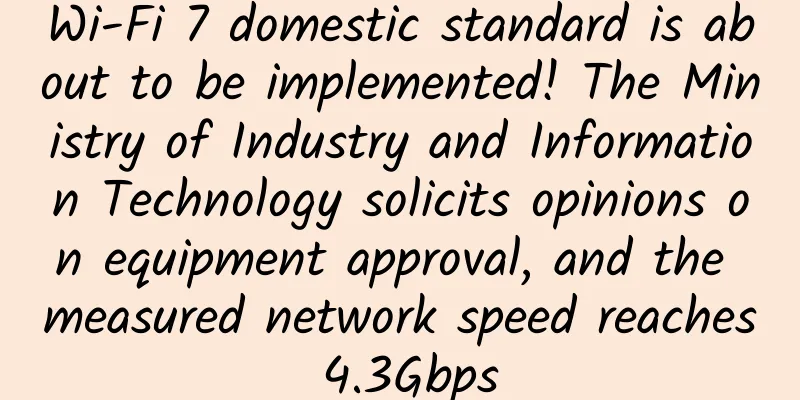Low frequency bands are used for 4G, but China Telecom and China Unicom still have a disadvantage

|
On December 15, the Ministry of Industry and Information Technology pointed out in its reply that in the spirit of improving the efficiency of spectrum resource utilization, in order to improve the efficiency of frequency resource utilization, in accordance with the "Notice of the Ministry of Industry and Information Technology on Frequency Planning of International Mobile Communications Systems (IMT)", after research and approval, China Unicom agreed to adjust the 900MHz, 1800MHz and 2100MHz frequency bands for LTE networking. This adjustment includes all of China Unicom's frequency resources, specifically:
Specifically, all the 2G/3G frequency bands currently owned by China Unicom can be used for 4G. Micro review:
Transfer a frequency band distribution map from the Internet: |
>>: 5G competition is not just about speed, security mechanisms need to be clarified
Recommend
"Small body but great wisdom" Huawei helps Wanyang digitalize small and micro parks
[51CTO.com original article] How many "chara...
VMISS adds Los Angeles CN2 GIA line VPS with 20% discount starting from 4.8 CAD/month
VMISS has recently added a VPS host on the CN2 GI...
Differentiate switches based on network coverage
As the number of switches increases, there are ma...
What are the five skills required for data center management?
Today, IT managers must be prepared for the vario...
What is the difference between a cell and a sector? What about carrier frequency and carrier wave?
Cell, sector, carrier and carrier frequency are a...
The "highest academic degree dialogue" in the history of Huawei Cloud City Summit, doctors in four major fields talked about how to make scientific research benefit society
With the popularization of emerging technologies ...
5G will accelerate the development of smart grids by filling three major shortcomings
The importance of electricity to human beings is ...
BuyVM: AMD Ryzen high-performance VPS with a monthly payment of $3.5, 1Gbps unlimited traffic, multiple computer rooms available
BuyVM is a foreign VPS hosting provider founded i...
SDN/NFV/CLOUD is too complex and AI and 5G accelerate the reconstruction of the network
Just like decoration in life, during the decorati...
More secure: Windows 10 will block installation of uncertified drivers
With the October 2020 Patch Tuesday cumulative up...
Huawei releases smart security distribution business strategy and four new AI products
[Shenzhen, China, March 20, 2020] Today, Huawei&#...
Which of the three major operators has the highest user complaint rate? This data tells you
Recently, the Carrier World Network and the China...
Network Slicing: A Booster for 5G
Preface I have recently become interested in 5G n...
edgeNAT Anniversary Sale 40% off, Hong Kong/Korea/US Data Centers Available
edgeNAT launched its first anniversary celebratio...
[Black Friday] TmhHost recharge 10% bonus, Japan CN2 online quarterly payment starting from 200 yuan, elastic cloud host online 20% off
TmhHost has launched a promotion during Black Fri...









